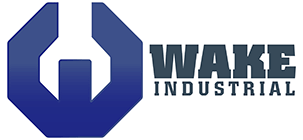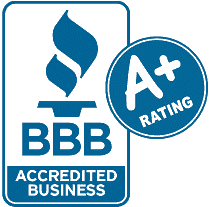PSR3-230/75-21-205
Wake Industrial LLC is not an authorized distributor of this product.
No Tariffs On US Orders- Straightforward Pricing: No Rush Fees, No Credit Card Fees
Current response time:
4 Minutes
29 Seconds
The PSR3-230/75-21-205 is a Kollmorgen PSR series servo power supply designed for industrial automation applications. It features a rated operational voltage of 690V AC and a continuous current of 90A. This unit offers IP54 ingress protection and DIN rail mounting for convenient installation.
To contact sales for pricing and lead time:
Payment Methods

Shipping Methods



Our Credentials




Product Description:
The PSR3-230/75-21-205 servo power supply is from Kollmorgen, a well-known industrial automation company. This unit is designed to power servo motors in demanding applications. One important spec is the rated operational voltage of 690V AC. This is the maximum voltage the unit can handle during operation. Along with this is the continuous current rating of 90A, which is the amount of current the power supply can deliver continuously. These two specs are key in determining the power output and, therefore, the capability of the power supply to drive specific servo motors. It also has IP54 ingress protection. This means the enclosure can protect against dust and water splashes, which is important in industrial environments where such hazards are common. DIN rail mounting makes installation easy, a standard method of mounting industrial control equipment, and saves time and effort during setup.
The Kollmorgen PSR3-230/75-21-205 has a switching capacity of 100 kVA. This is the power supply's ability to handle rapid changes in load, which is important for dynamic servo motor control. The power supply accepts a main AC line input voltage of 160-253 VAC and a control AC line input voltage of 90-132 VAC and has multiple power supply configurations. It produces a main DC bus output voltage of 325 VDC, which is a stable and regulated power source for the connected servo drives. The peak dissipation of 11.2 kW is the maximum amount of power the unit can dissipate as heat during transient operations. The continuous dissipation is 40W, and the internal heat dissipation is 150W, which is important for thermal management and to ensure the longevity of the device.
Other specs include a soft-start surge current (max) of 150 A. This is important for limiting the inrush current when the power supply is turned on to prevent damage to the unit and the circuit. External shunt regulator current (peak) of 44.3 A is the maximum current the shunt regulator can handle, which is important for controlling DC bus voltage during braking or regenerative operations. Charge time (max) of 25 msec is the maximum time it takes for the DC bus capacitor to charge to its operating voltage, which affects the system's startup time. Peak external power dissipation of 17.3 kW is the maximum power that can be dissipated externally, which is often through a braking resistor during regenerative braking.
Frequently Asked Questions about PSR3-230/75-21-205:
Q: What is the rated operational voltage and continuous current?
A: The PSR3-230/75-21-205 operates at 690V AC with a continuous current rating of 90A, making it suitable for high-power applications.
Q: What type of protection does this power supply offer?
A: It features IP54 ingress protection, safeguarding it against dust and water splashes, making it suitable for industrial use.
Q: How is the PSR3-230/75-21-205 mounted?
A: It is designed for DIN rail mounting, allowing for easy installation in industrial control panels.
Q: What are the input voltage requirements for this power supply?
A: It accepts a main AC line input voltage of 160-253 VAC and a control AC line input voltage of 90-132 VAC.
Q: What is the main DC bus output voltage?
A: The power supply delivers a regulated DC bus output voltage of 325 VDC, ensuring stable power for servo motors.












